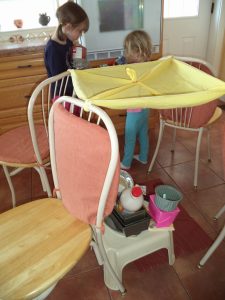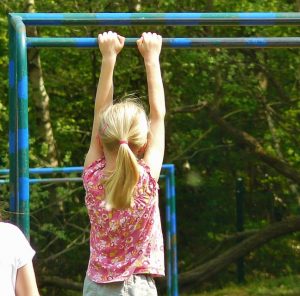During many Olympic interviews, the athletes mentioned how they had imagined winning. Children’s imagination power can help them in whatever they do too.
As we watched the performance of the world’s top athletes, we were amazed at the displays of what the body can do. The pole vaulters topped bars over 20 feet – 6 metres in the air. The high jumpers cleared more than 2 metres, almost 8 feet. That’s like jumping the height of a garage or a ceiling. The gymnasts balanced upside down and landed twists and turns on skinny bars and beams, and the high divers sliced through the water at the speed of cars. Impressive and astonishing. But we didn’t see the feats that were happening in their minds. Those would be amazing too.
Imagination is a form of self-talk, but in pictures instead of words. When you think about it, it doesn’t seem believable that imagining doing something can strengthen muscles and coordination. How does that work? In an article, The Power of Imagination, Dan Peterson writes, “merely imagining doing something is very nearly the same as actually doing it.”
For kids, we need to encourage and support their imagination power. Our role could vary from bringing home an empty box, filling an empty laundry basket with clothes for dress-up, or stretching a blanket over the sofa to make a fort. Kids can take it from there.
When we’re together with them doing ordinary, everyday activities, we can extend imagination with questions and suggestions. When riding the bus, ask your child to imagine what might happen if the bus grew wings. Maybe the bathtub becomes a boat on the ocean. Where will it go? As you prep a meal, be the voices of the fork and spoon and have a conversation. Reading books and telling stories exercises and stretches imagination. Can you imagine if giraffes were diving at the Olympics?
Children’s imagination power can help them cope with challenges and stress as well as excel at sports. For a play-of-the-day, can you imagine…?

